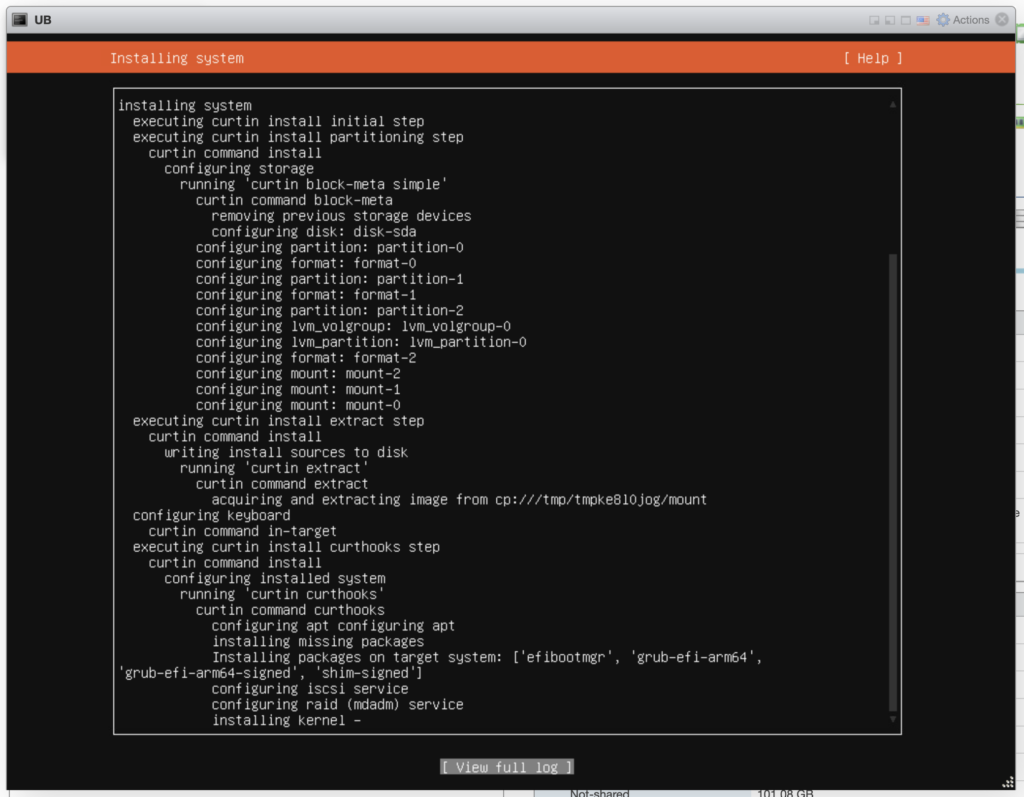cat /proc/cpuinfo for a Raspberry Pi 5 8GB Model B Rev 1.0 running Raspberry Pi OS. It feels oddly sparse when compared to my NUC7PJYH NUC (Pentium Silver J5005) though I suppose that’s a RISC verses CISC thing…
cat /proc/cpuinfo
processor : 0
BogoMIPS : 108.00
Features : fp asimd evtstrm aes pmull sha1 sha2 crc32 atomics fphp asimdhp cpuid asimdrdm lrcpc dcpop asimddp
CPU implementer : 0x41
CPU architecture: 8
CPU variant : 0x4
CPU part : 0xd0b
CPU revision : 1
processor : 1
BogoMIPS : 108.00
Features : fp asimd evtstrm aes pmull sha1 sha2 crc32 atomics fphp asimdhp cpuid asimdrdm lrcpc dcpop asimddp
CPU implementer : 0x41
CPU architecture: 8
CPU variant : 0x4
CPU part : 0xd0b
CPU revision : 1
processor : 2
BogoMIPS : 108.00
Features : fp asimd evtstrm aes pmull sha1 sha2 crc32 atomics fphp asimdhp cpuid asimdrdm lrcpc dcpop asimddp
CPU implementer : 0x41
CPU architecture: 8
CPU variant : 0x4
CPU part : 0xd0b
CPU revision : 1
processor : 3
BogoMIPS : 108.00
Features : fp asimd evtstrm aes pmull sha1 sha2 crc32 atomics fphp asimdhp cpuid asimdrdm lrcpc dcpop asimddp
CPU implementer : 0x41
CPU architecture: 8
CPU variant : 0x4
CPU part : 0xd0b
CPU revision : 1
Hardware : BCM2835
Revision : d04170
Serial : XXXXXXXXXXXXXXXXXXXXXX
Model : Raspberry Pi 5 Model B Rev 1.0
Next goal is to find time to try and get ESXi onto it…







